Weekly Tech Recap - № 172 - iOS and law enforcement, Tesla, The Boring Company, new HoloLens and Summit supercomputer
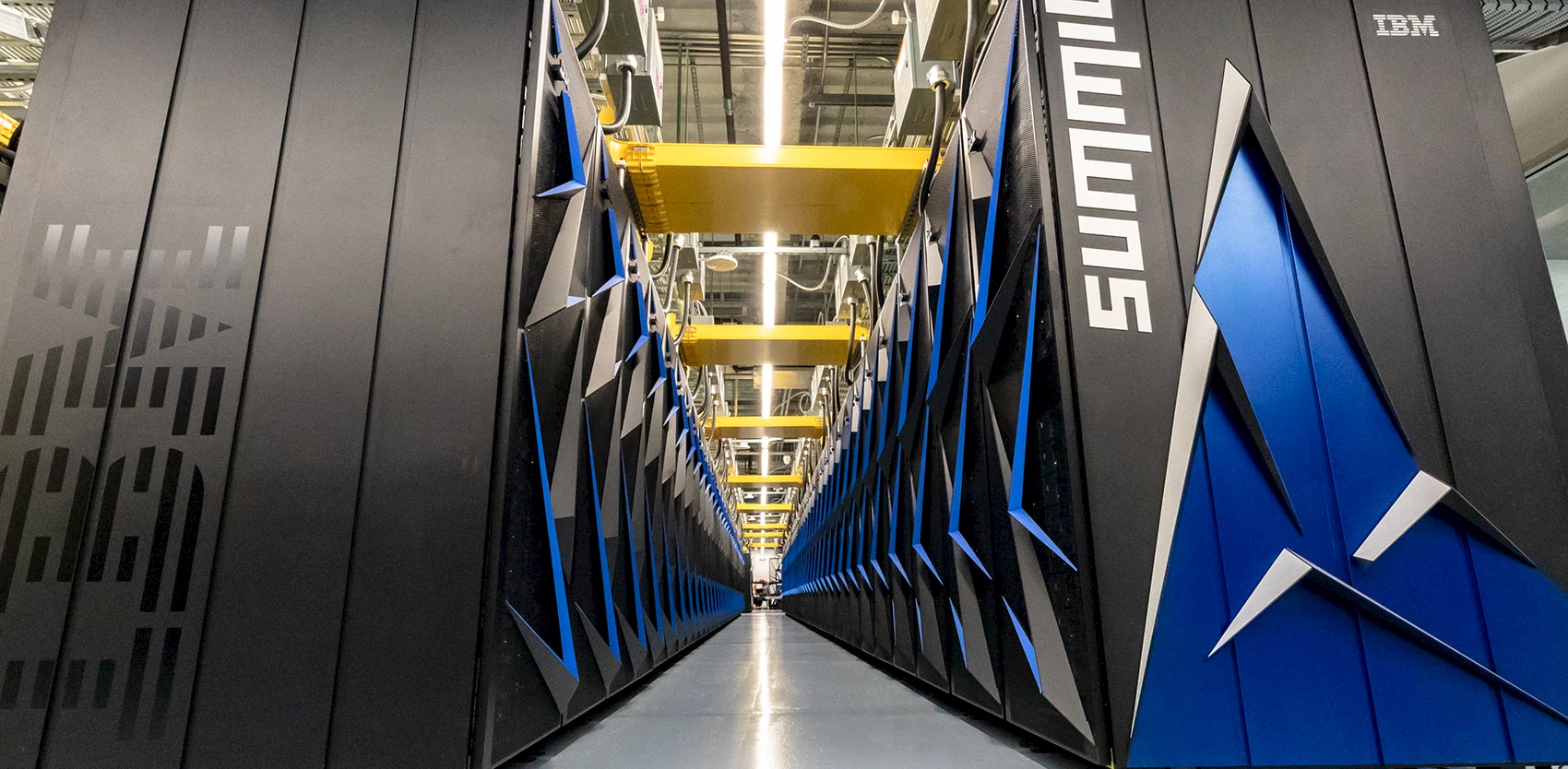
Police on the case of the iOS 12
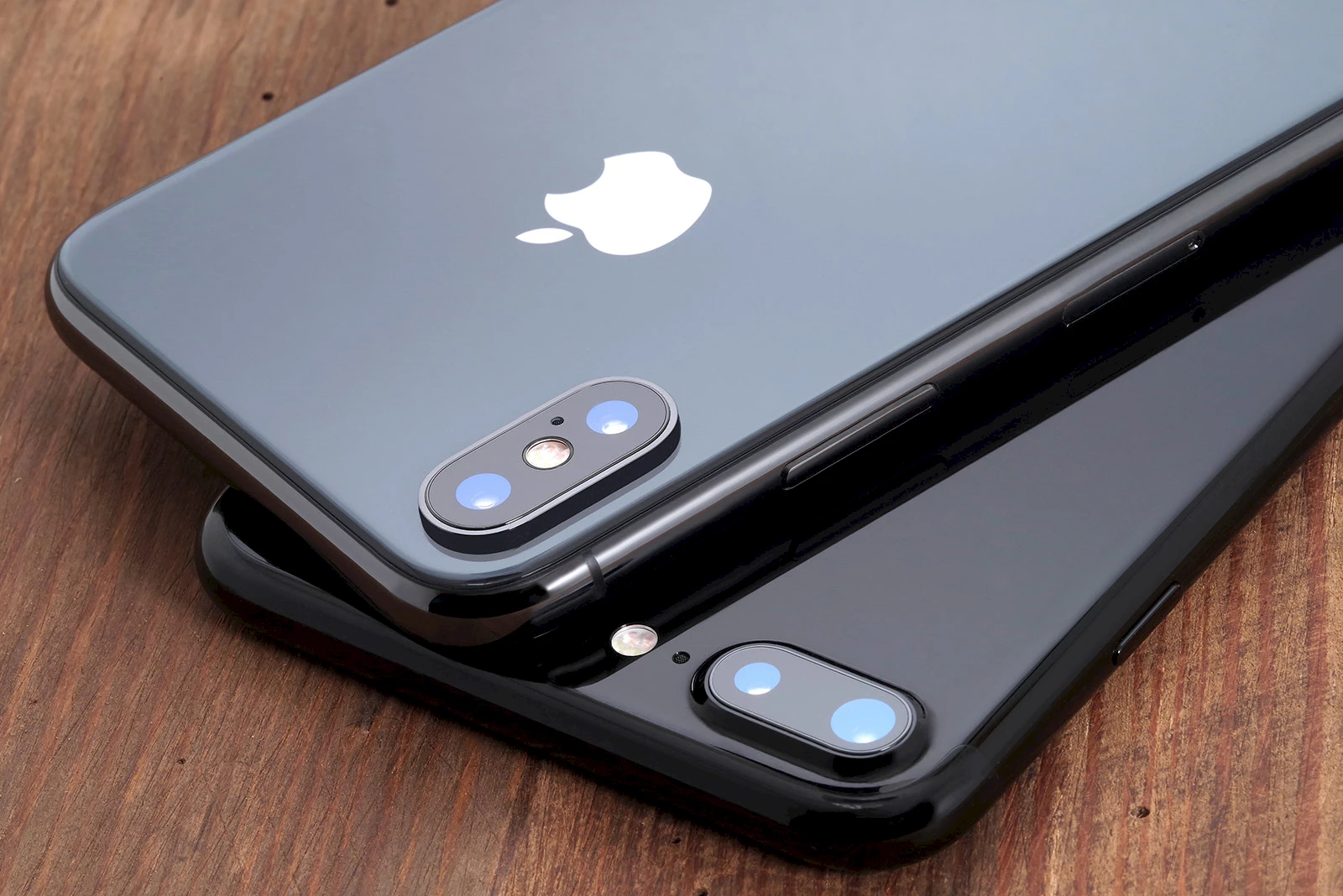
Space gray iPhone X and black iPhone 7. © iStock.
Apple is planning to add a new feature to iOS, an enhanced version of the “USB Restricted Mode” that appeared in beta iOS 11.4.1, making it much harder for law enforcement officers to access data on locked iPhones. If your future iOS 12 remains locked for over an hour, the feature will automatically turn the Lightning port into a charging-only port. In order to enable data transfer through this port, for example to connect a peripheral, you’ll have to unlock your phone. This feature seems to specifically target devices like the infamous GrayKey, a US$15,000 box that plugs into the Lightning port, currently used by law enforcement organizations to break into locked iPhones. The GrayKey can unlock a six-digit passcode in 11 hours on average, or a maximum of 22 hours. For years, police forces were able to break into phones by using software that tried every possible access code; that technique was foiled in 2010, when Apple made its iPhones deactivate after a certain number of unsuccessful tries. The GrayKey device seems to be able to circumvent this technology, allowing thousands of codes to be tried. In a piece in the New York Times, Apple stressed that it was not out to thwart law enforcement activities: “We have the greatest respect for law enforcement, said Apple spokesperson Fred Sainz, and we don’t design our security improvements to frustrate their efforts to do their jobs.” He stressed that Apple is constantly looking for ways to strengthen security and correct vulnerabilities, if only because criminals can also use the same holes that police use. Hillar Moore, the district attorney in Baton Rouge, La., had this to say: “They are blatantly protecting criminal activity, and only under the guise of privacy for their clients.” And speaking of the Lightning port, persistent rumors predict that in the next generation of iPhones, the port will be replaced by a USB C. This seems doubtful to us, since Apple has every interest to keep a proprietary connection on its phones.
Update: Grayshift, the manufacturer of the GrayKey, might have found a way out. But maybe it’s just a bluff.
⇨ AppleInsider, “Researcher estimates GrayKey can unlock 6-digit iPhone passcode in 11 hours, here’s how to protect yourself.”
⇨ The New York Times, “Apple to close iPhone security hole that law enforcement uses to crack devices.”
⇨ Mashable, “Next year’s iPhone might have a USB-C instead of Lightning connector.”
Massive layoffs at Tesla
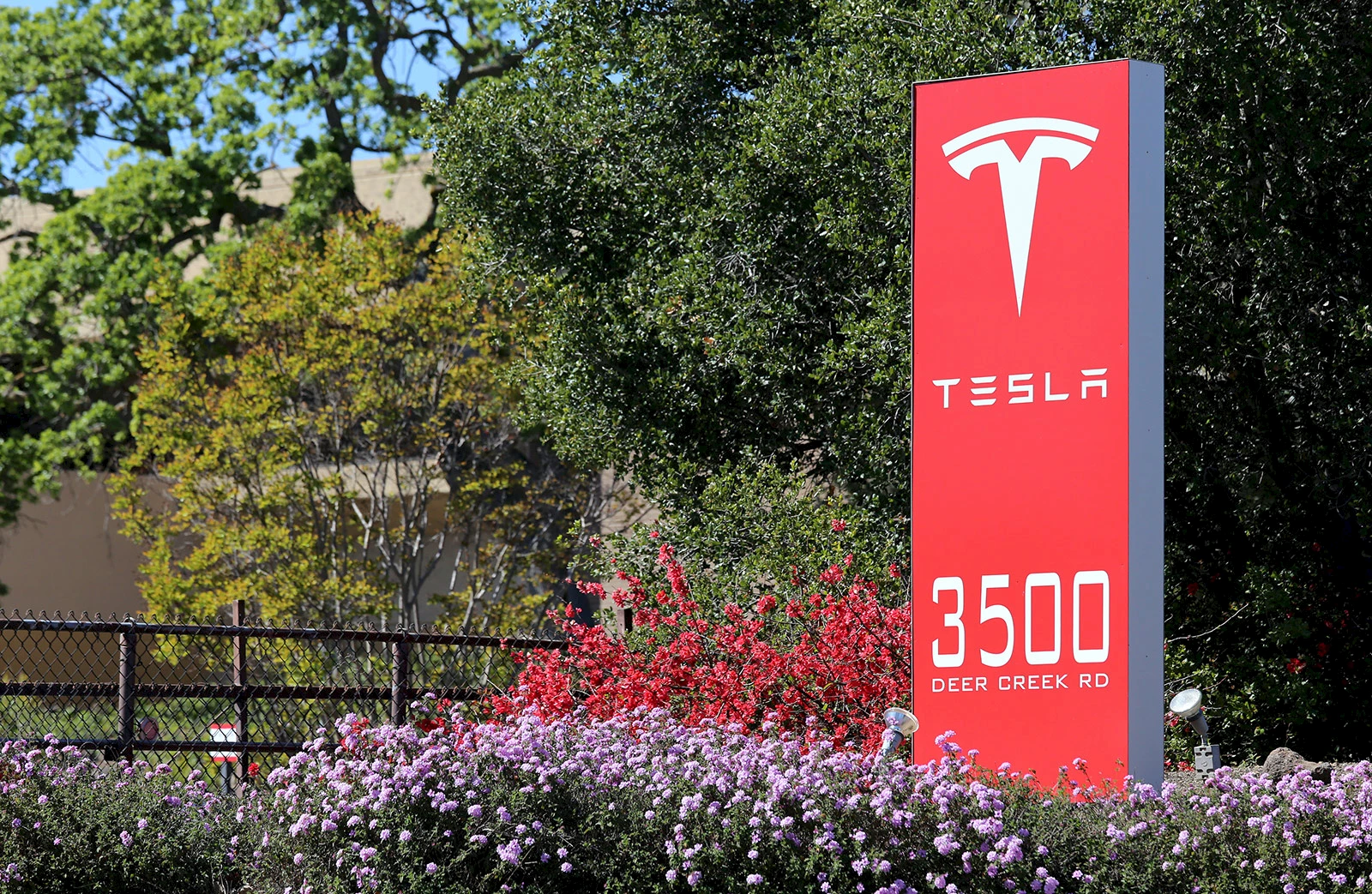
The Tesla Motors World Headquarters in Palo Alto. © iStock.
Things aren’t going so well at Tesla. On Tuesday, staff were told that the company would shed 4,100 jobs out of 46,000, or about 9% of its workforce. In mid-May, Tesla’s CEO, Elon Musk, had warned that the company would undertake a “thorough reorganization” and flatten its management structure. “To be clear, Tesla will still continue to hire outstanding talent in critical roles as we move forward and there is still a significant need for additional production personnel,” Musk said in a letter to employees on Tuesday. “I also want to emphasize that we are making this hard decision now so that we never have to do this again.” He later added in a Tweet that the cuts were “difficult, but necessary”. At the same time, Alison Griswold, a reporter for Quartz, noted that the number of job offers at Tesla has plummeted, from 3,214 on May 10 to 1,985 on June 12, with 64 openings taken down over just two days, on June 10 and 11. Given all of this, one wonders whether the company will meet its latest production goals for the Model 3. In any case, one quarter of its American clients who had preordered a Model 3 have given up and asked for their $1,000 deposit back.
⇨ CNBC, “Tesla to cut 9% of jobs in ‘difficult but necessary’ reorganization.”
⇨ Quartz, “Another red flag for Tesla: job openings have plummeted.”
The Boring Company will start boring
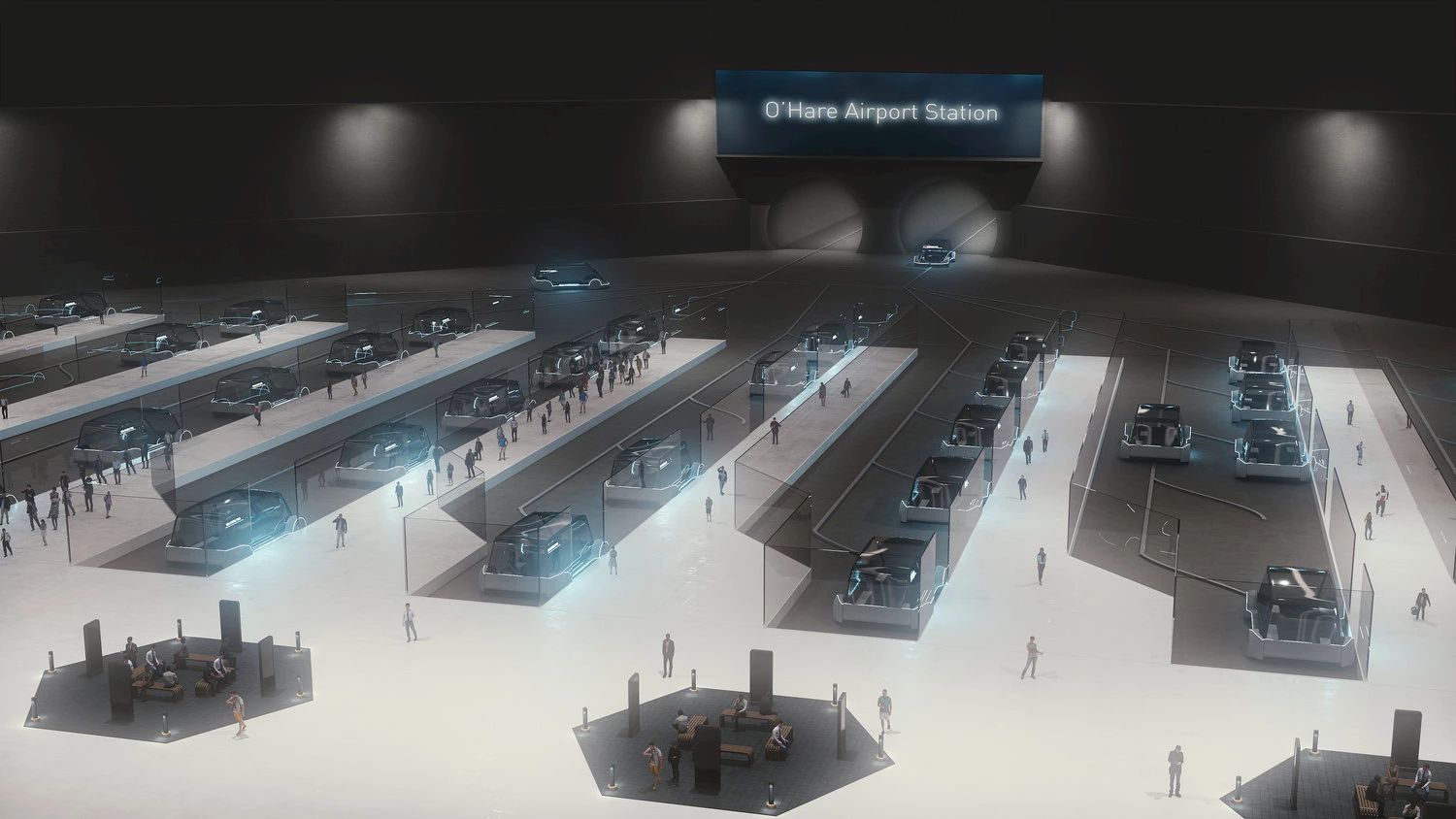
Chicago Express Loop Station. © The Boring Company.
There’s also good news in Elon Musk’s world: The Boring Company, its tunnel-boring outfit, has won its first contract. On Thursday, the City of Chicago announced that the Mayor’s office had chosen Musk’s company to build an express line from Block 37, downtown, to O’Hare International Airport. The 25 km (15 miles) trip will take 12 minutes in automated electric cars that will carry 16 passengers and their luggage in two parallel tunnels at a speed of up to 200 km/h. A new, dedicated station will be built downtown, and service could be as frequent as every 30 seconds. Currently, some 20,000 people shuttle between the city and the airport every day, and the figure is expected to rise to 35,000 by 2045. Interestingly, construction will not be done on taxpayers’ dime: The Boring Company will build the whole line at its own expense, then operate and maintain it thereafter.
⇨ Ars Technica, “Chicago selects Elon Musk’s Boring Company to build express line from O’Hare.”
New HoloLens in 2019
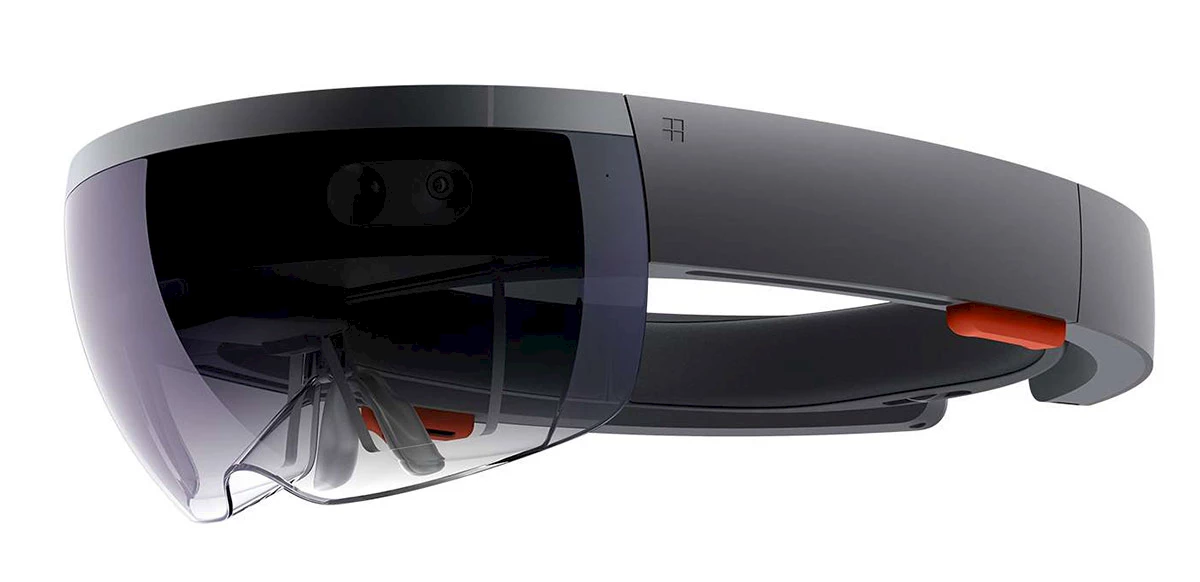
HoloLens, version 1. © Microsoft.
The leak of internal Microsoft documents has given us an idea of what new hardware the company has in store for us. A new version of its HoloLens AR headset, code-named Sydney, should hit the market in the first quarter of 2019, for developers and maybe even for the public at large. The new headset should be cheaper than the current HoloLens (though the price is as yet unknown), as well as lighter, more comfortable and with an enhanced display. It will probably use a new sensor package derived from Project Kinect for Azure, announced at last month’s Build conference, and include a second-generation Microsoft holographic processor. The leak also reveals that three new Surface products are in the works, code-named Carmel, Libra and Andromeda. Finally, the next generation of Xbox, code-named Scarlett, should launch in 2020. There is a caveat though: the leaked documents stem from Terry Myerson’s time at the head of the Windows and Devices group. Since his departure last March, it is quite possible that Microsoft’s plans have changed.
⇨ Ars Technica, “Microsoft ‘Andromeda’ this year, new HoloLens in 2019, and the next Xbox in 2020.”
Summit, the world’s most powerful computer
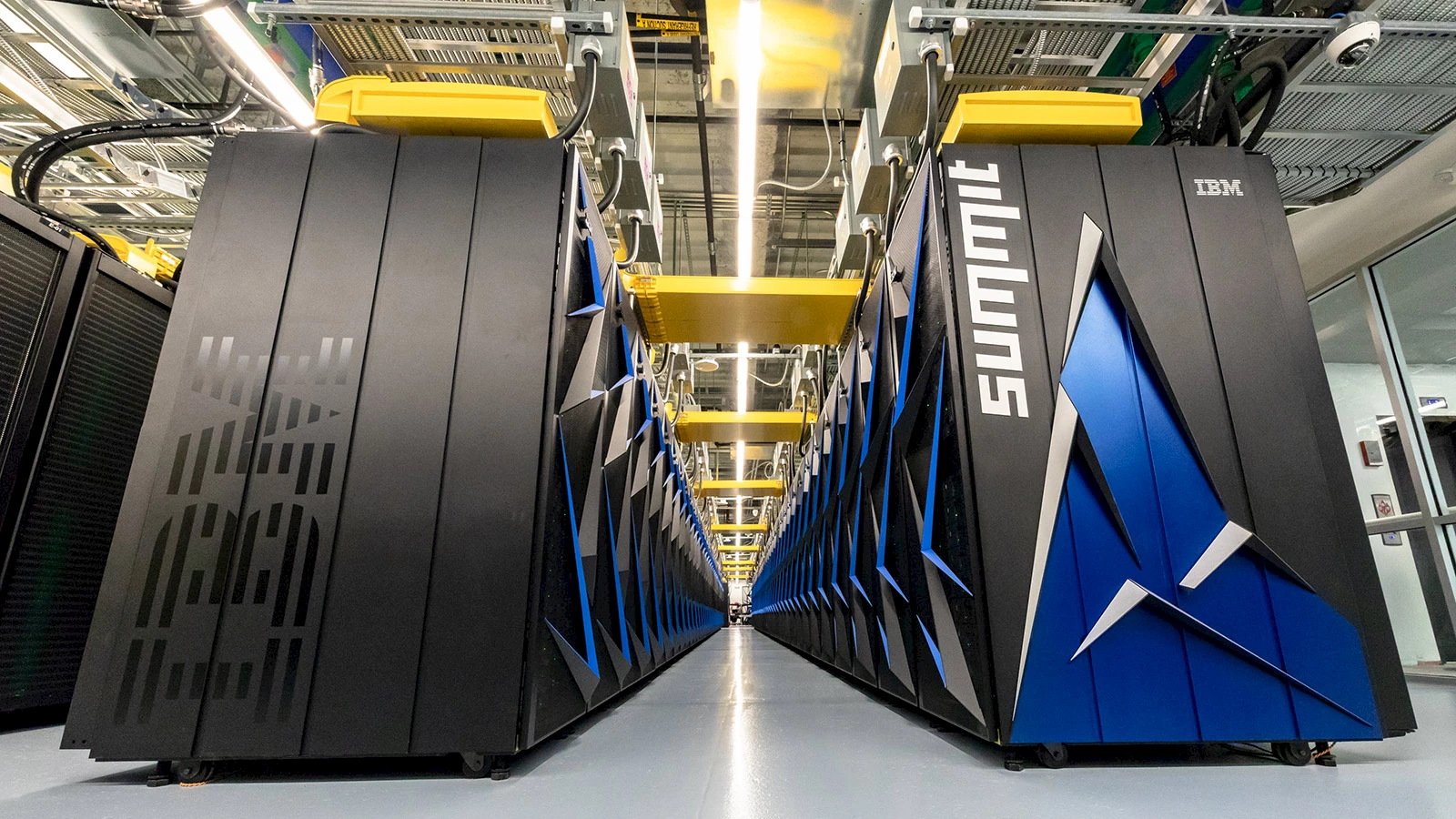
Superordinateur Summit, Laboratoire national d’Oak Ridge. (CC BY 2.0) Oak Ridge Leadership Computing Facility.
The United States is back in supercomputer pole position since last week’s announcement, by the US Department of Energy and IBM, of the Summit, the world’s newest most powerful computer, lapping China’s Sunway TaihuLight. With a peak performance of 200 petaflops, the IBM AC922 uses 4,608 compute servers, each containing two 22 core IBM Power9 processors and six Nvidia Tesla V100 units. The servers are connected by 300 km of fibre optics, are water-cooled and can store 250 petabytes of data. Taking up 520m2 (5,600ft2) of floor space and weighing over 340 tonnes, Summit is a massive system optimized for AI applications. Even so, it is relatively energy smart, requiring just 13 megawatts of power, compared to TaihuLight’s 15 megawatts.
⇨ Oak Ridge National Laboratory, “Summit.”
⇨ Circuit Breaker, “The world’s fastest supercomputer is back in America.”
